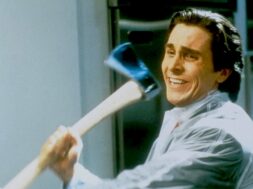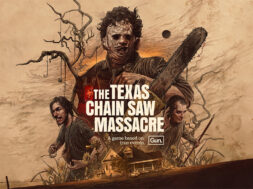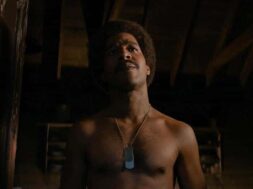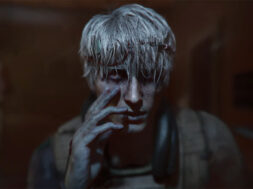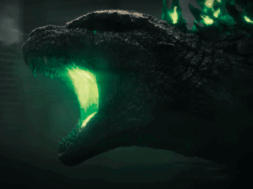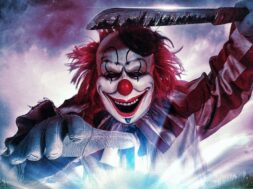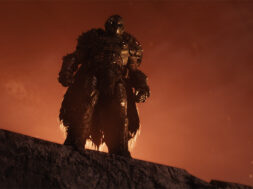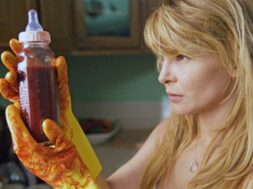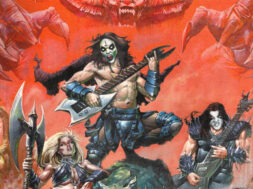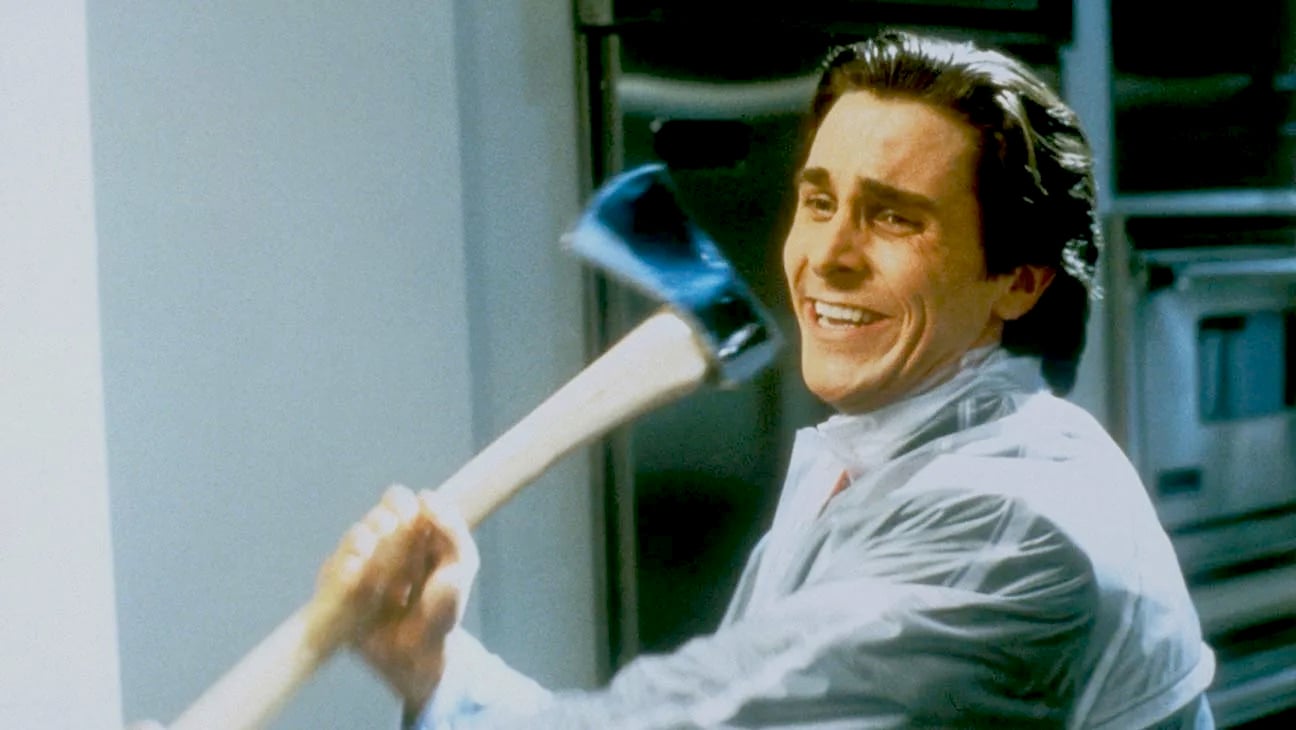
Editor’s Note: This was originally published for FANGORIA on April 7, 2000, and we’re proud to share it as part of The Gingold Files.
Even when Bret Easton Ellis’ controversial novel was first published back in 1991 to widespread condemnation, there were those who insisted that if one looked beyond the grisly, misogynistic violence and brand-name obsession, there was a deftly satirical point being made about the rapaciousness and materialism of late-’80s yuppiedom. In that respect, the film version by director/co-scripter Mary (I Shot Andy Warhol) Harron is that rare adaptation that not only preserves its source’s best elements but might actually elevate its rep. By emphasizing the satirical elements and toning down some (but not all) of the grue, Harron and co-scripter Guinevere Turner create a movie that is both frightening and bleakly funny, frequently at the same time.
In the title role, Christian Bale is so convincing as a jerk of a Wall Streeter that it’s easy to forget he’s actually British. His character, Patrick Bateman, is completely obsessed with three things: himself, how to improve himself and, most of all, how to improve himself in the eyes of others. Like his equally self-obsessed friends, he has no tolerance for those beneath his station or for the feelings of the women in his life (including Reese Witherspoon as his fiancée, Samantha Mathis as his mistress and Chloe Sevigny as his secretary), and sometimes he deals with his frustrations by taking out a trusty ax, chainsaw or gun. The movie’s point is that making a killing in the financial world and the real world are all the same to Bateman, and that his circle is so self-absorbed that they can’t acknowledge anything else, even when one of their own is literally confessing to murder right in front of them.
While Harron deftly combines chills and black laughs, her approach is necessarily distanced, and American Psycho holds the interest intellectually rather than emotionally. The most likable character is Sevigny’s, which pays off in a lengthy, suspenseful setpiece in which she obliviously accepts Bateman’s offer to visit his apartment. Indeed, despite the cloud of misogynistic accusations hovering over the movie, the female characters are easily the most sympathetic; it seems entirely intentional that these roles were cast with recognizable, accomplished actresses while the male actors playing Bateman’s yuppie pals—though they also contribute good performances—are, with one exception, indistinguishable unknowns.
Bale is spot-on as the movie’s antihero, funny in his narcissism and terrifying in his psychopathic rages. It’s left undisclosed just how long Bateman’s been at the murder game—one that, as Harron presents it, is not only tolerated but in some ways encouraged by the society he’s part of. We see a couple of interrogations by a detective (Willem Dafoe), but the movie avoids the serial-killer genre’s typical police procedural; in fact, it doesn’t have much of a dramatic arc, and the ambiguous ending, while of a piece with Harron’s overall approach, feels a touch unsatisfying. What sticks in the mind are the deft characterizations, some memorably grisly murder scenarios and much amusement wrung from Harron’s sarcastic, sardonic take on ’80s consumerism and upward mobility.
Most memorably, Harron expands on Bateman’s pop-music obsession from the novel, setting the movie’s most extreme scenes (including the notorious three-way sex romp that, important as it is to establishing Bateman’s character, really did rate an NC-17 in the uncut version) to hit singles of the period, with creepy/hilarious results. Love the movie or hate it—and the reactions will no doubt include both once the movie opens—you’ll never listen to Phil Collins’ “Sussudio” or Huey Lewis and the News’ “Hip to Be Square” the same way again.
